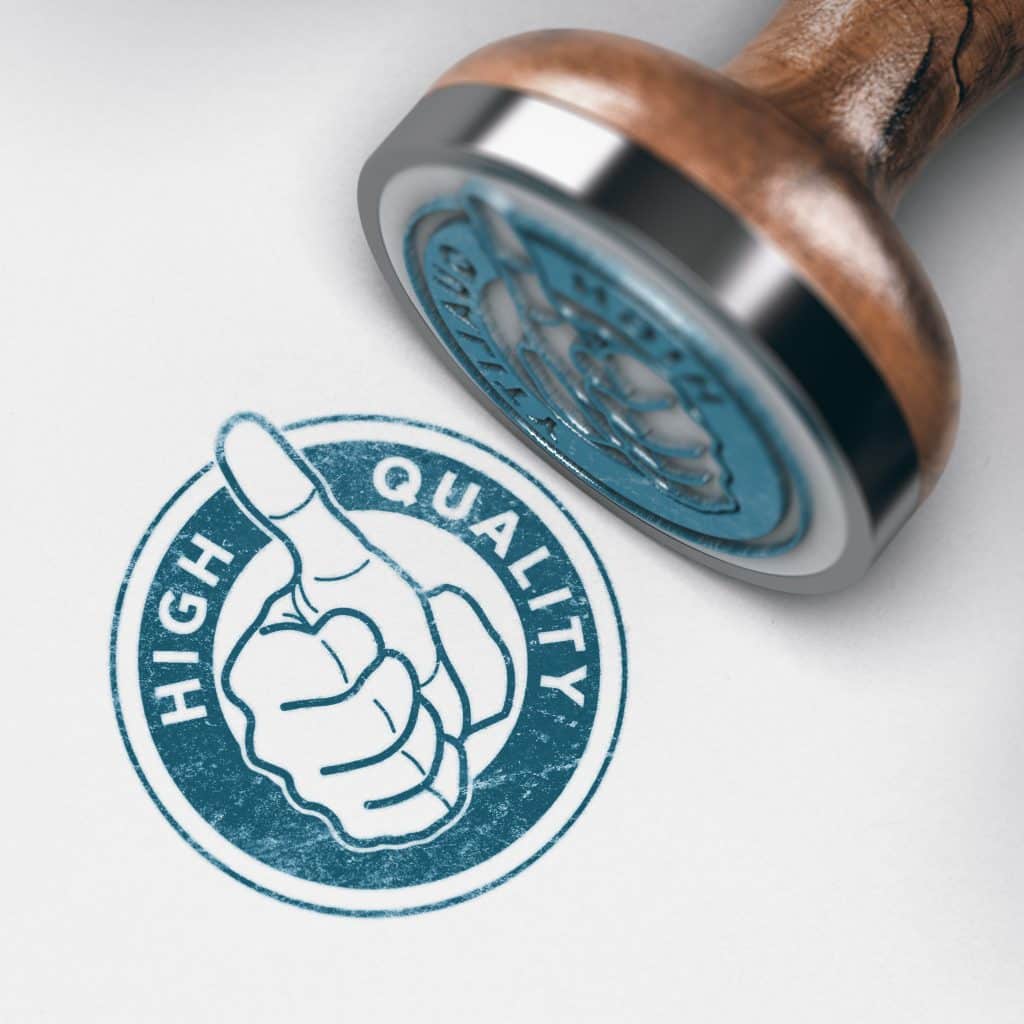“Quality needs to be pushed from the top to bottom” is a common statement in business and management that emphasizes the importance of leadership in establishing a culture of quality throughout an organization.
Essentially, it means that the responsibility for ensuring high-quality products, services, and processes rests with the leadership of the organization, and they must communicate the importance of quality to every level of the company. By doing so, they can create a shared understanding of quality and a commitment to delivering it at every stage of the workflow, from top to bottom.
Here is the 5 Ways to Make Quality A Priority at Your Organization
Establish clear quality standards: Begin by defining clear quality standards for your organization. This can involve developing a set of guidelines or quality assurance protocols that outline the expectations for quality at every level of the organization. Ensure that these standards are communicated clearly to all employees and stakeholders and are consistently enforced.
Train employees: Train employees at all levels of the organization on the importance of quality, the established standards, and how to maintain quality in their respective roles. This can include training on quality control processes, use of quality metrics, and quality improvement strategies. Ensure that employees are given the necessary resources and support to apply what they learn.
Encourage a culture of continuous improvement: Encourage employees to constantly seek ways to improve the quality of products and services. This can involve creating a feedback mechanism where employees can share suggestions and ideas for improvement. Provide recognition and incentives for employees who make significant contributions to improving quality.
Measure and track quality metrics: Establish quality metrics that can be used to measure the success of quality initiatives. This can include metrics such as defect rates, customer satisfaction, and employee engagement. Regularly track and report on these metrics to identify areas for improvement and celebrate successes.
Foster collaboration and accountability: Foster a collaborative and accountable work environment where employees are empowered to take ownership of quality. This can involve creating cross-functional teams to address quality issues, encouraging open communication between departments, and holding individuals and teams accountable for meeting quality standards. Encourage leaders to model the behavior they want to see in others and to actively promote a culture of quality throughout the organization.
Conclusion
Effective leaders who prioritize quality often establish quality management systems and processes to monitor and improve quality levels throughout the organization. They also communicate quality goals, expectations, and standards to employees, and provide training and support to help them meet those standards.
By emphasizing quality at every level of the organization, leaders can ensure that customers receive the best possible products and services, while also building a reputation for excellence that can help the company thrive in the long term.

